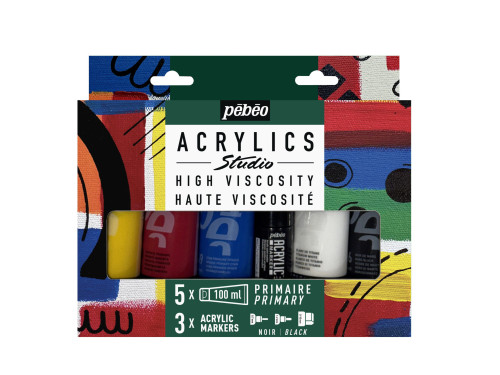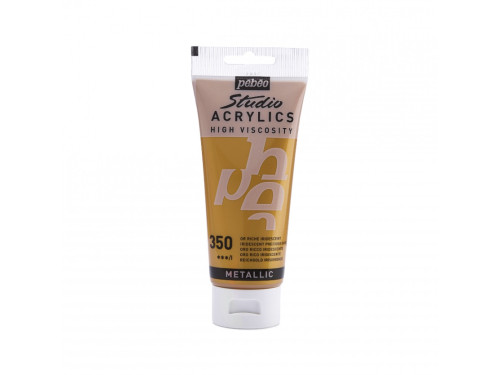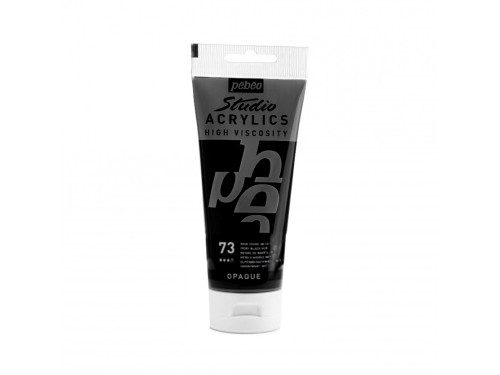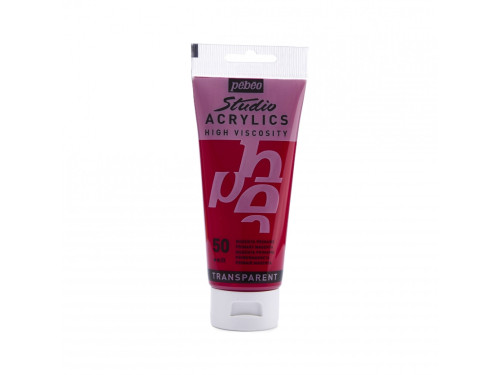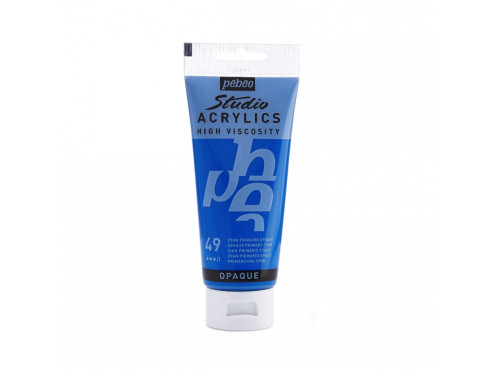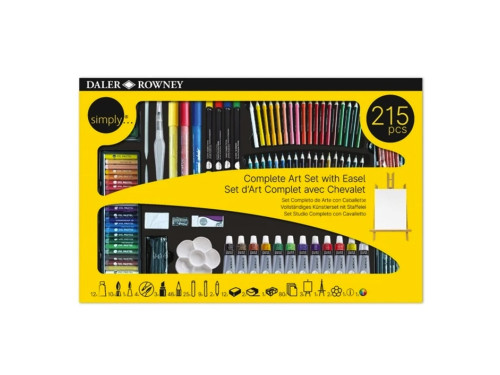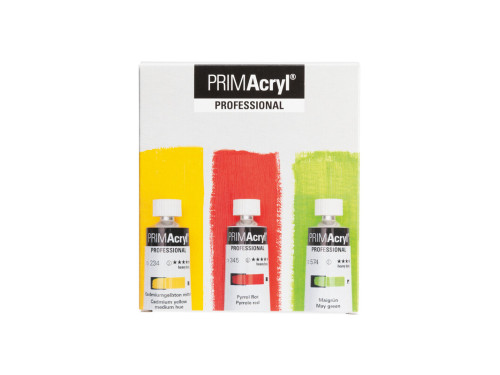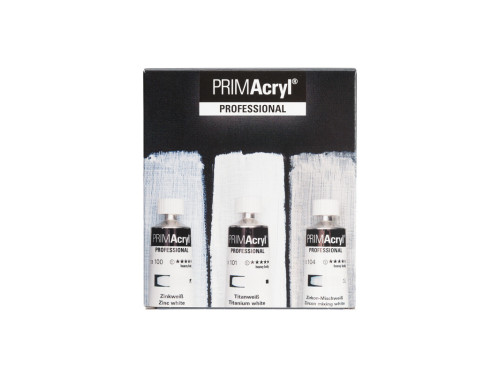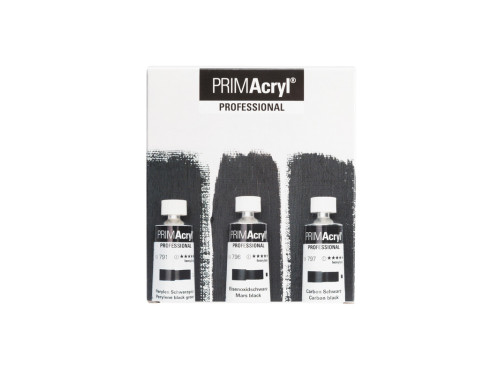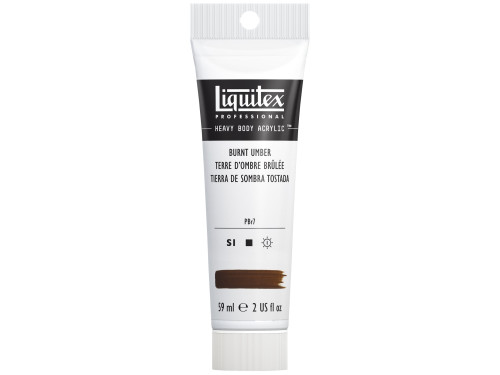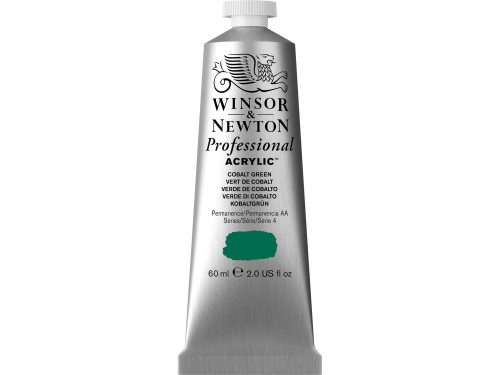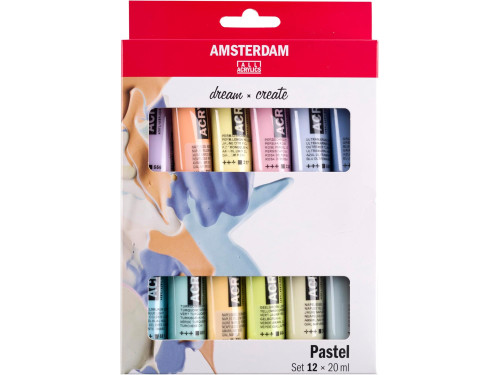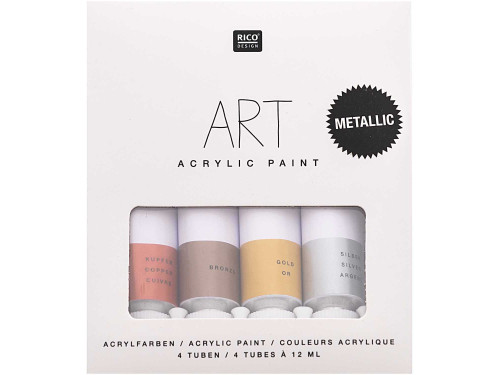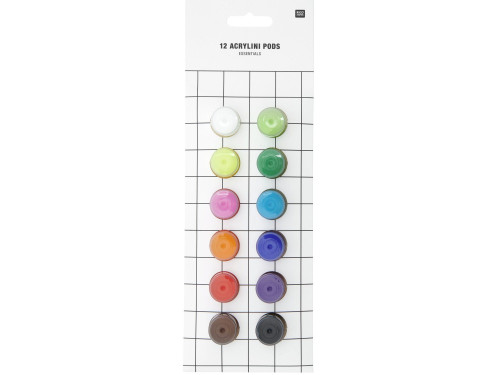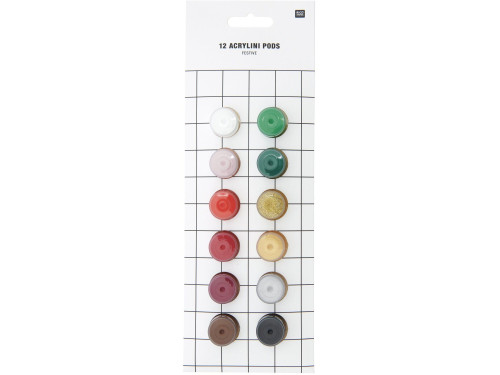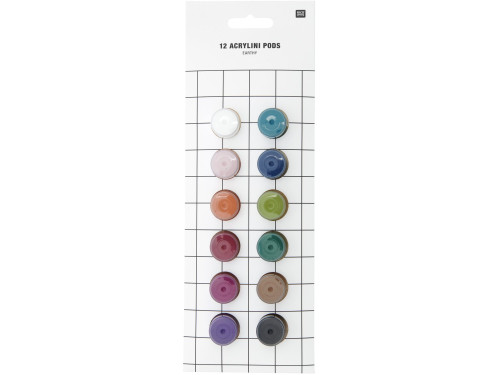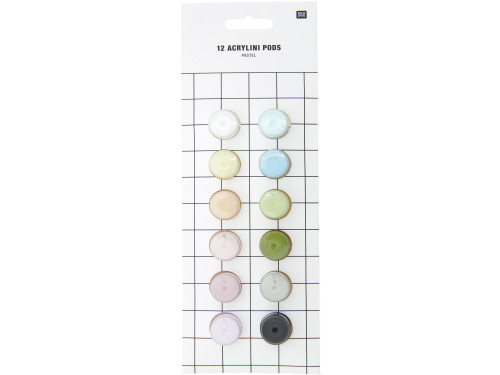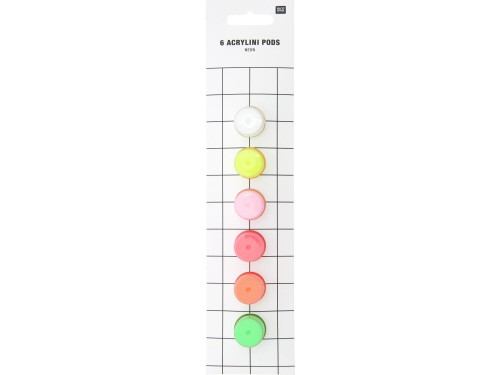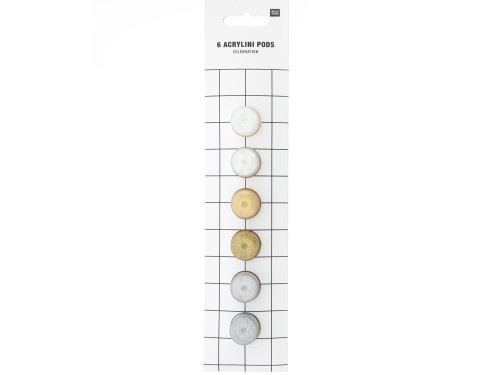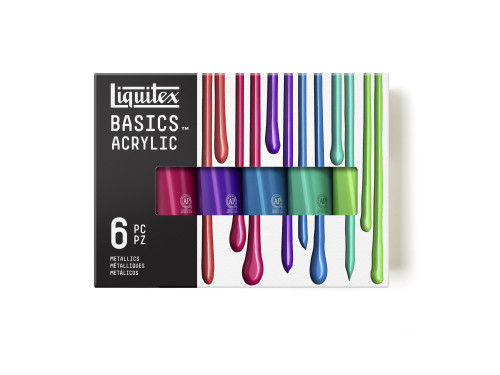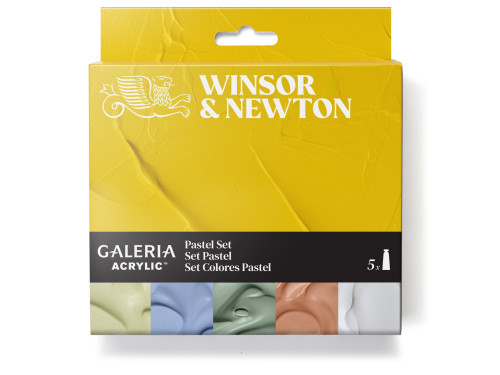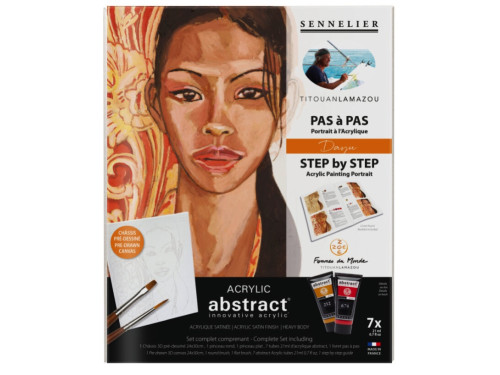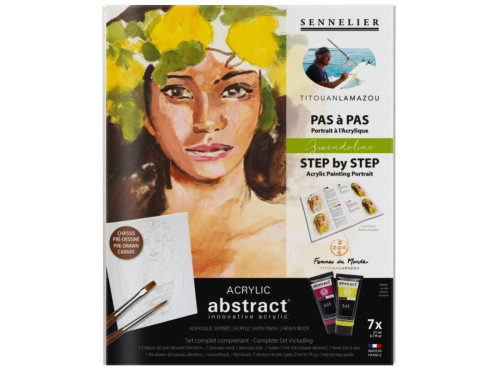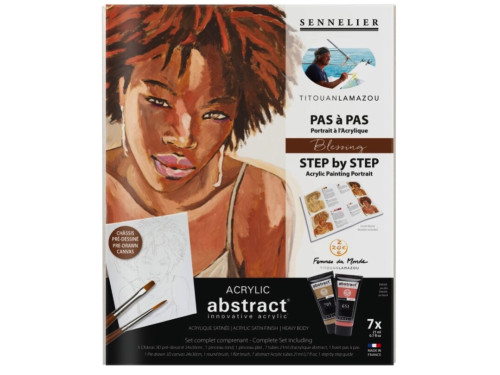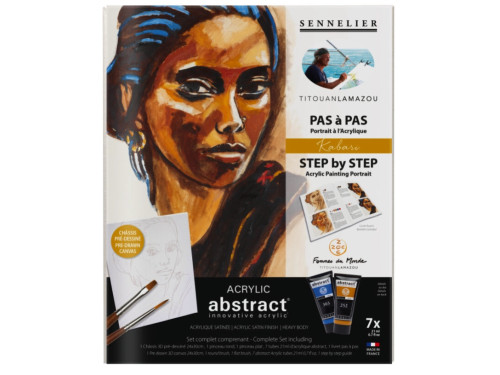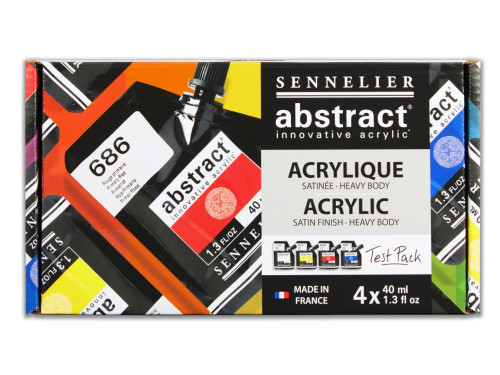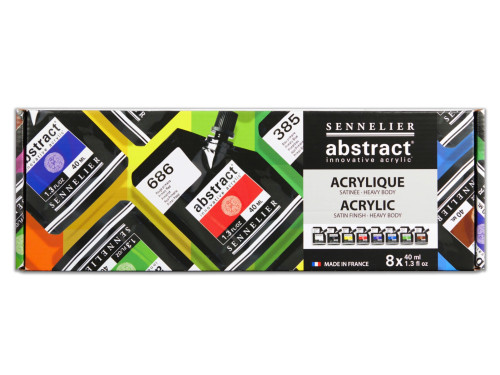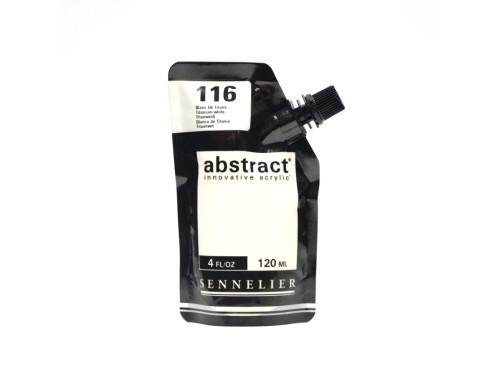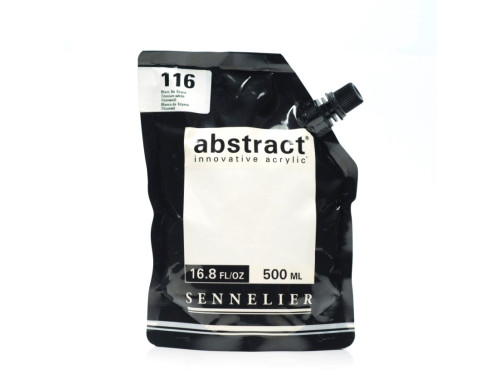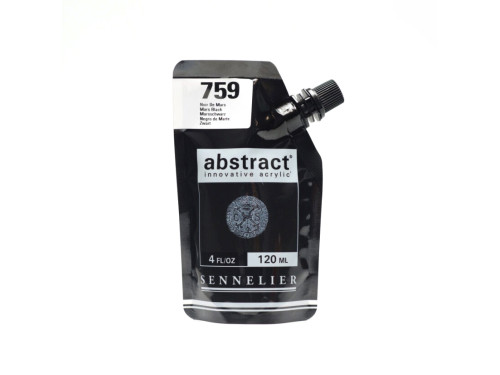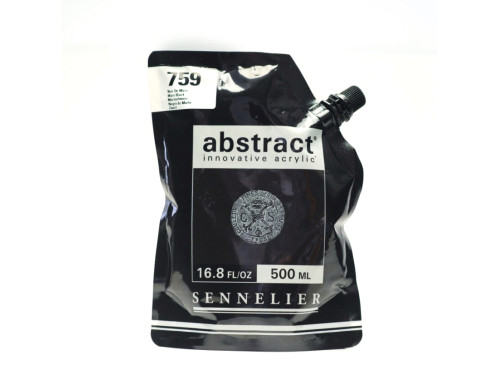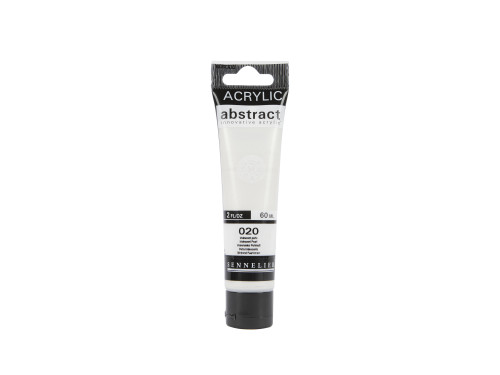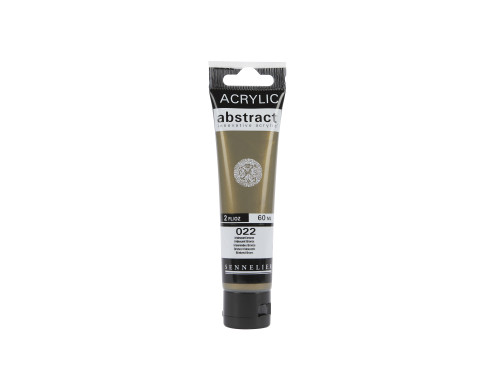Oil paints dominated in painting until the 20th century, being used by the greatest artists around the world. However, in mid-twenties, after inventing acrylic resin, they gained competition in the form of acrylic paints.
Acrylics combine the features of watercolors and oil paints. They can be dissolved in water or other suitable medium, but when dry they form a resistant, insoluble coating. Acrylic paints, as well as oil paints, have vivid and intense colors. Consistency of acrylic paints is also similar to oils. The formula itself is based on pigments suspended in acrylic resin. These are quick-drying paints, which significantly speeds up the creative process and enables them to be layered relatively quickly.
Acrylic paints stay well on many surfaces. They can be applied classically on canvas or paper, but also on wood, polystyrene, plaster, metal, plastic or stone. Additionally, acrylic paints, unlike oil paints, have a relatively neutral smell, so they can be easily used in poorly ventilated rooms.
The most common types of acrylic paints have a consistency similar to oil paints, but there are also semi-fluid or liquid paints with a consistency similar to ink, for example Amsterdam acrylic inks. You can also manipulate the consistency of acrylic paint by adding various painting media intended for acrylics. Some will thicken the paint and allow you to paint with a technique similar to oil technique such as impasto, when you paint with thick, convex layers, while others will make acrylic paint more fluid like, and allow you to use acrylic as watercolor. You can also add media to acrylic paints that change their finish, for example, pearl, glossy or matte.
Oil paints dominated in painting until the 20th century, being used by the greatest artists around the world. However, in mid-twenties, after inventing acrylic resin, they gained competition in the form of acrylic paints.
Acrylics combine the features of watercolors and oil paints. They can be dissolved in water or other suitable medium, but when dry they form a resistant, insoluble coating. Acrylic paints, as well as oil paints, have vivid and intense colors. Consistency of acrylic paints is also similar to oils. The formula itself is based on pigments suspended in acrylic resin. These are quick-drying paints, which significantly speeds up the creative process and enables them to be layered relatively quickly.
Acrylic paints stay well on many surfaces. They can be applied classically on canvas or paper, but also on wood, polystyrene, plaster, metal, plastic or stone. Additionally, acrylic paints, unlike oil paints, have a relatively neutral smell, so they can be easily used in poorly ventilated rooms.
The most common types of acrylic paints have a consistency similar to oil paints, but there are also semi-fluid or liquid paints with a consistency similar to ink, for example Amsterdam acrylic inks. You can also manipulate the consistency of acrylic paint by adding various painting media intended for acrylics. Some will thicken the paint and allow you to paint with a technique similar to oil technique such as impasto, when you paint with thick, convex layers, while others will make acrylic paint more fluid like, and allow you to use acrylic as watercolor. You can also add media to acrylic paints that change their finish, for example, pearl, glossy or matte.

